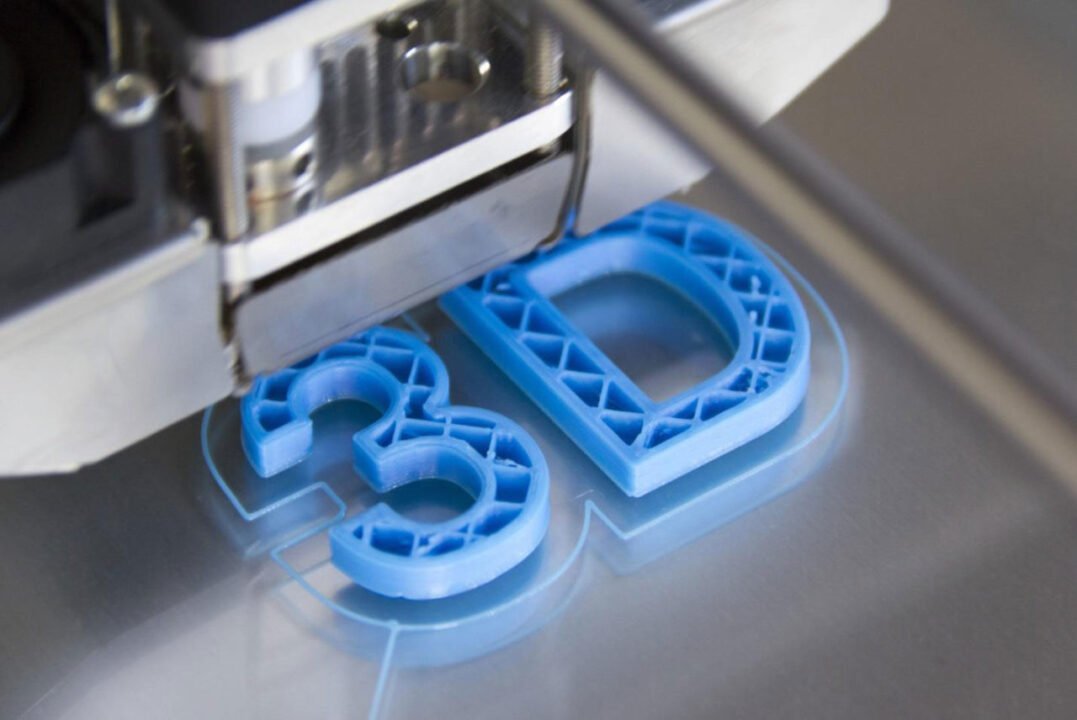3D laser scanning is making the life of many professionals easier in a variety of different fields. Here’s how it could help you.
What once seemed like science fiction is now the science of today. 3D laser scanning is now more popular than ever before and industries all over the world are taking advantage of this versatile technology. Whether you’re a doctor who’s looking to make affordable prosthetics or an industrial engineer who’s looking for a new engineering solution, 3D scanning can benefit your business.
But what exactly is 3D laser scanning? And how can it help you? Continue reading and we’ll answer these important questions and more.
What Is 3D Laser Scanning?
3D laser scanning is a technology that people use to make precise, 3D models or objects in the real world. To put it simply, a 3D scanner works by taking several images of an object. The pictures are then made into a 3D model (an exact 3D copy of the object) which the user can view and rotate from different angles on the computer.
One scan is a 3D image part of the surface of an object. Several scans are fused together to make the model. And just like how pixels make up 2D images, polygons (which are tiny triangles) make up 3D scans.
These polygons come together to make a polygonal mesh. This mesh is able to replicate the geometry of an object in very precise detail.
The scanner itself works much like a video camera. The main difference being that the scanner is able to capture the geometry of the surface, as opposed to the flat images of a video camera.
What Is 3D Laser Scanning Used For?
3D laser scanners are used in a variety of industries including virtual reality, healthcare, and manufacturing. With these scanners, you don’t have to manually measure objects anymore. Instead, the scanner itself can calculate precise measurements by the 3D images that it records.
These devices can accelerate your workflow, no matter if you’re in the testing, design, launch, development, or aftercare stage.
In order to decide which kind of high quality 3d scanner is right for you, it’s important that you consider the features and size of the object you intend to scan.
For example, if you’re planning on scanning a large industrial item like a plan, train, or car, then you want to use a stationary and versatile 3D scanner. These kinds of scanners deliver accurately scans in short periods of time and require just minimal interaction and supervision from the user.
If you instead are intending to scan something that’s fairly small, then a desktop 3D scanner may be all you need. These devices are easy to use and can scan a variety of objects with extremely fine precision.
Healthcare Industry
3D laser scanning has already provided many helpful solutions to the medical industry. These tools can be used for patient care, research, and creating unique healthcare solutions. The safety, speed, and precision of these instruments have helped healthcare professionals make new technologies and more easily replicate and improve upon old ones.
For example, doctors are now able to quickly and effortlessly perform complete body scans by using 3D laser scanners. This can be executed with either a handheld or stationary scanner. These scans can then be used to monitor small but significant body measurements over time.
Forensics
3D laser scanners are also popular among people in forensics because they are accurate, versatile, and portable. Attorneys, insurance companies, and law enforcement officers have all utilized the power of 3D laser scanning.
Compared to the data capture methods of the past (including tape measurements and photography), 3D laser scanners are able to record extremely accurate information in a short amount of time. These scanners can capture whole crime scenes and also digitize recovered evidence and help with creating simulations of possible scenarios.
The scans captured by these devices are so powerful and accurate that they’re used as evidence in many courtrooms around the world.
Archeology
After reading the above information, it should be quite clear that 3D scanning can provide ample assistance when it comes to preservation and archeology. These devices are able to bring history to life and help professionals in the field get a better understanding of what ancient tools looked like and how they were used.
These scanners can recreate objects simply from a fragment of an ancient tool and they can also create entire online museums. The possibilities in this field are truly endless.
Archeologists interested in using 3D scanners will likely utilize ones that are small and portable. They should also be compatible with outdoor conditions and can be used with external power such as a battery pack. This way, you can scan for extended periods of time no matter where your work takes you.
If your job requires you to scan large monuments or buildings, however, you will likely want to use a stationary scanner. A combination of different types of scanners can help ensure that you capture as much detail as possible.
The Importance of Knowing About 3D Laser Scanning
3D laser scanning provides technological solutions for a variety of industries. From tiny tools to large industrial machinery. If you’re interested in using a 3D scanner, you first need to consider what you’ll be scanning, where you’ll be scanning it, and what it is that you’re hoping to do with the scans. Once you have that information, you should be much more prepared to start scanning.
Are you looking for more helpful articles? Check out the rest of our blog for more!


